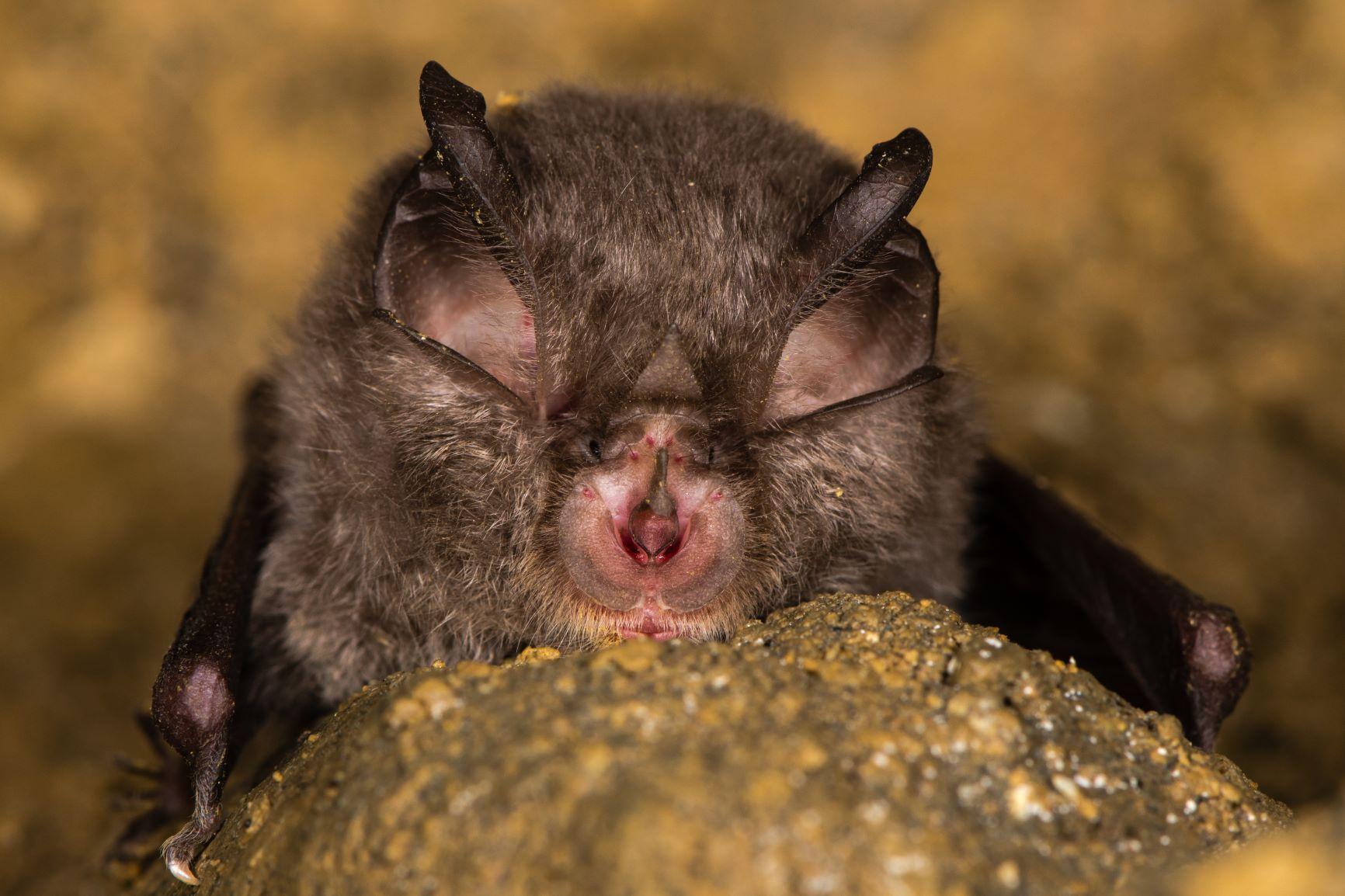
Breeding
In May maternity colonies are formed in which the females give birth to a single pup.
Where do they live in the Forest?
They hunt low over the open areas in the forest.
Natural predators
They are vulnerable to hawks, owls and large birds. If they fall to the ground then species such as pine martens will take them.
Spotting tips
Can be seen at night from April through to October feeding on midges, moths and other flying insects.
Not to be confused with
The Greater Horseshoe Bat which is significantly larger
Conservation status
Protected in the UK under the Wildlife and Countryside Act, 1981. Lesser Horseshoe Bats are listed as a priority species on the UK Biodiversity Framework. They are also a European Protected Species through the European Habitats Directive.
How you can help
One way you could help is to become a Friend of the Forest and support our work creating and maintaining habitats for wildlife. Another is to plant plenty of wildflowers to support flying insects, which in turn will feed bats of all kinds.



